A petticoat is an important wardrobe item that is worn under clothing. Its purpose is to make it more lush and voluminous. Several centuries ago, these accessories were very popular - they were worn under ball gowns. But in the modern world, the petticoat has not disappeared from the wardrobes of fashionistas, it is used not only in theatrical performances and masquerades.
This element of clothing creates additional splendor of traditional wedding dresses and fashionable clothes made in the style of the 50-60s. In girls' festive dresses, a petticoat is also a mandatory attribute, and a multi-layered tutu sewn using a similar technology can be worn on holidays as a separate outfit.
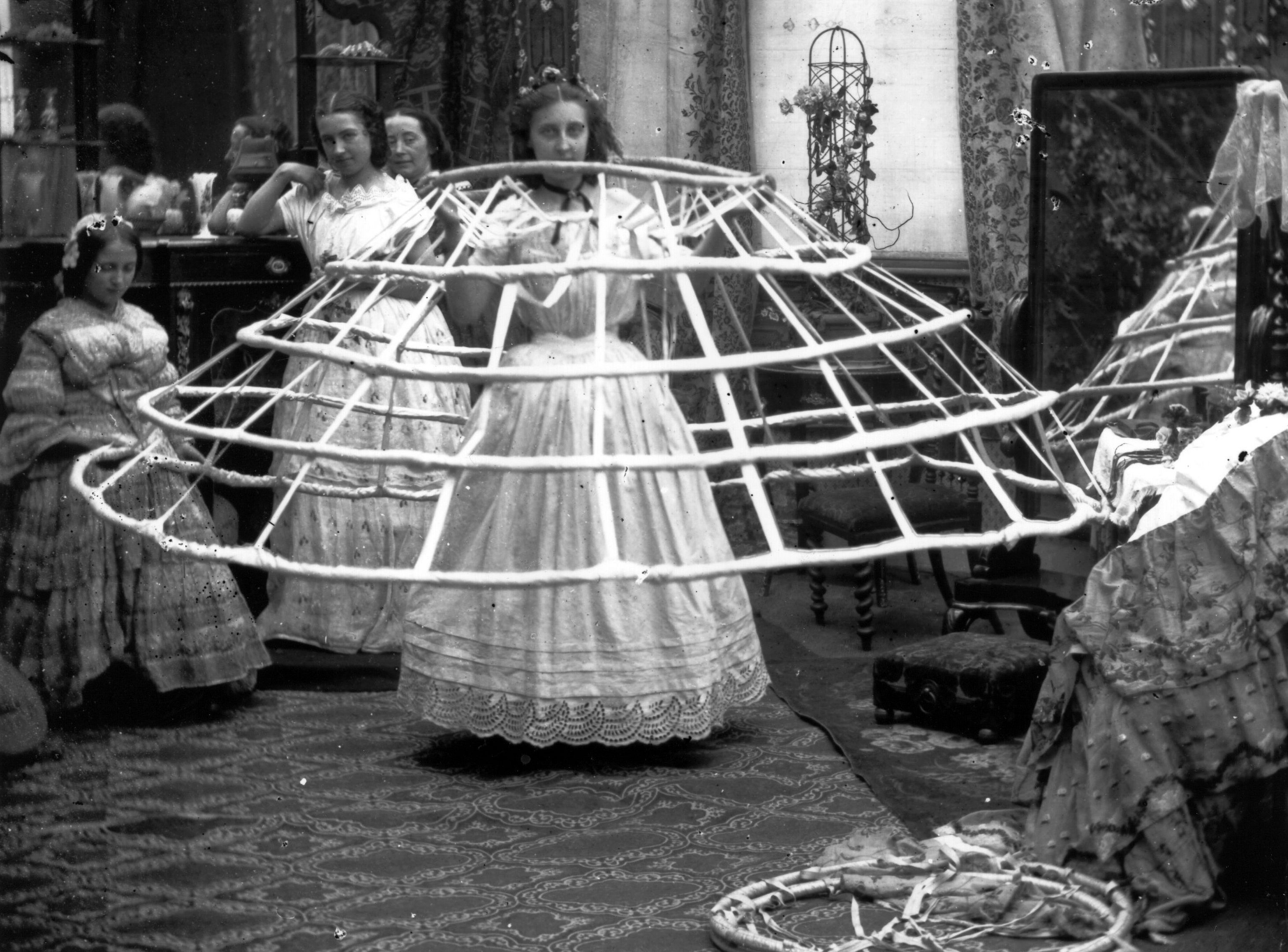
Classification
The standard classification of types of petticoats is based on the following characteristics:
- Depending on the hardness - dense and soft.
- In terms of volume, they are smooth and lush.
- Depending on the length - this value is influenced by the style of the dress or skirt.
- By type of design - with tiers, frills or train.
- By complexity of manufacture. The simplest option for sewing a petticoat is to create a simple trapezoid from a rectangle, at the top of which an elastic band is sewn. A more complex option involves making an accessory with rings, flounces and tiers. This model will require a lot of time and effort.

Additional information! The finished petticoat will turn out to be largely dependent on the material chosen. In order for the product to be of high quality, you need to be able to choose the right fabric.
Selection of material
First of all, you need to decide what kind of clothes you want to end up with. Depending on the fabric you choose, the whole set will either be fluffy or not.
To create a clearly defined "bell" shape, rigid tulle, mesh or similar materials are ideal. They will allow you to create truly voluminous clothing. To sew a dress with a beautiful shape, like the "new look" from Dior, you need to use soft fabric. In this case, the lower element will give a fashionable A-shaped evening dress and a flared bottom. This design of the petticoat allows you to hide large hips, helps to emphasize the waist and femininity, and also smooth out the discrepancy in proportions between broad shoulders and a narrow back.
If there is a need to make voluminous clothing, it is better to refuse to use soft fabric - it simply will not be able to maintain the desired appearance. Therefore, tulle is the most commonly used material. It is sufficiently rigid, holds its shape perfectly, even if it wrinkles, so the appearance of the suit will remain unchanged while wearing it. The downside of using tulle is its inflexibility during work. Professional seamstresses recommend that inexperienced beginners first practice on this fabric, and only then try to sew something. To learn how to sew tulle, you need to work with it for a long time.
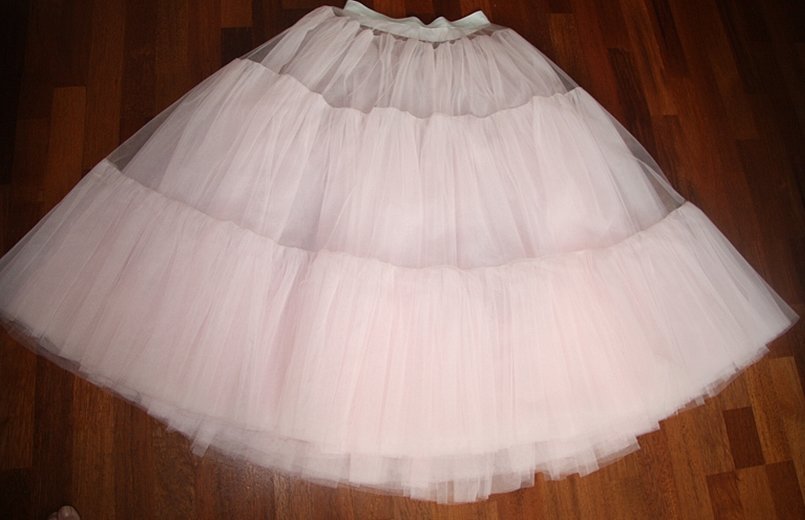
The rigidity of the material also has its drawbacks - it easily tears tights and scratches the skin. To avoid such problems, it is recommended to make a layer between this fabric and the legs. Recently, soft versions of tulle have become popular, which are used for sewing frills. The finished product will be airy, light, and will be practically not felt on the body.
If you need to create a rigid frame, then the best solution would be to choose a model with hoops. This design is made of mesh connected to ring elements. Those who have just recently started trying their hand at sewing should first make the simplest models that do not require a sewing machine.
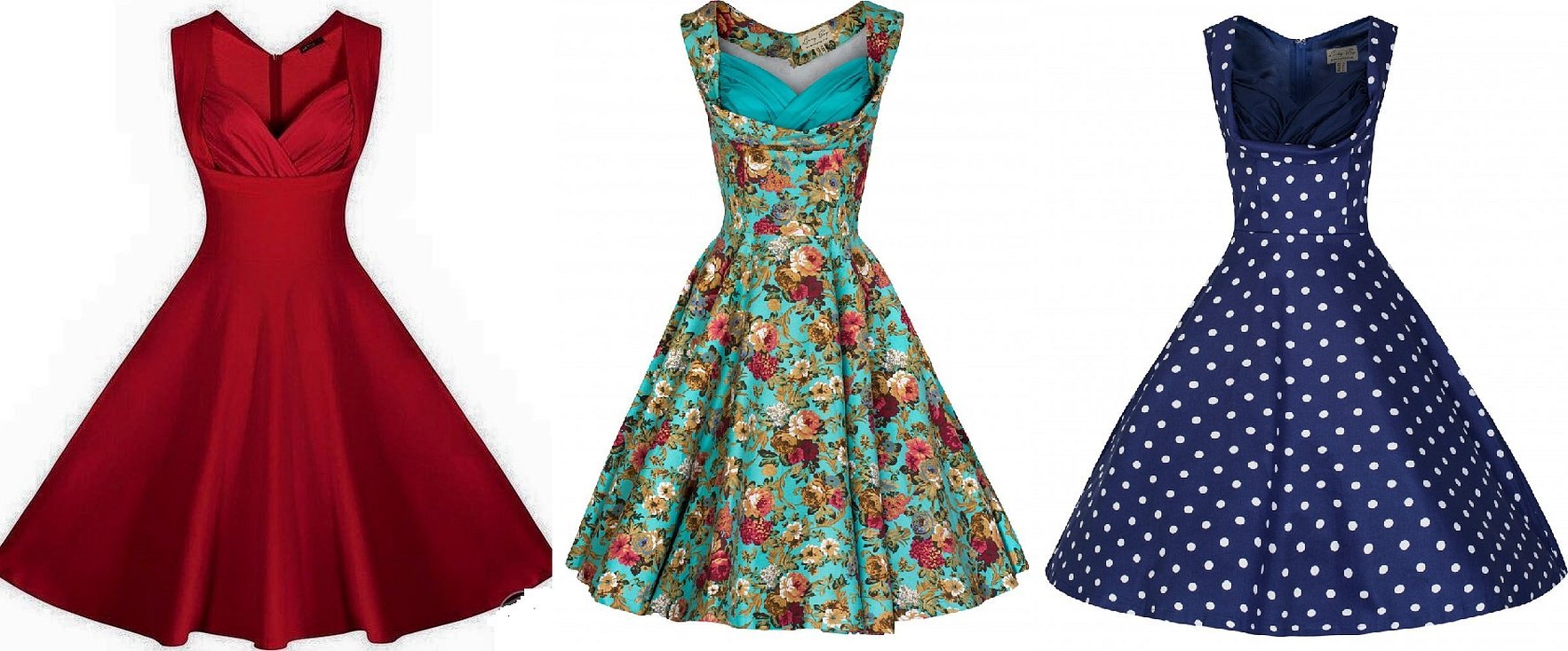
How to sew a fluffy petticoat for a dress
To make the dress look lush, you need to make a corresponding petticoat. Beginners should do this according to the step-by-step master class.
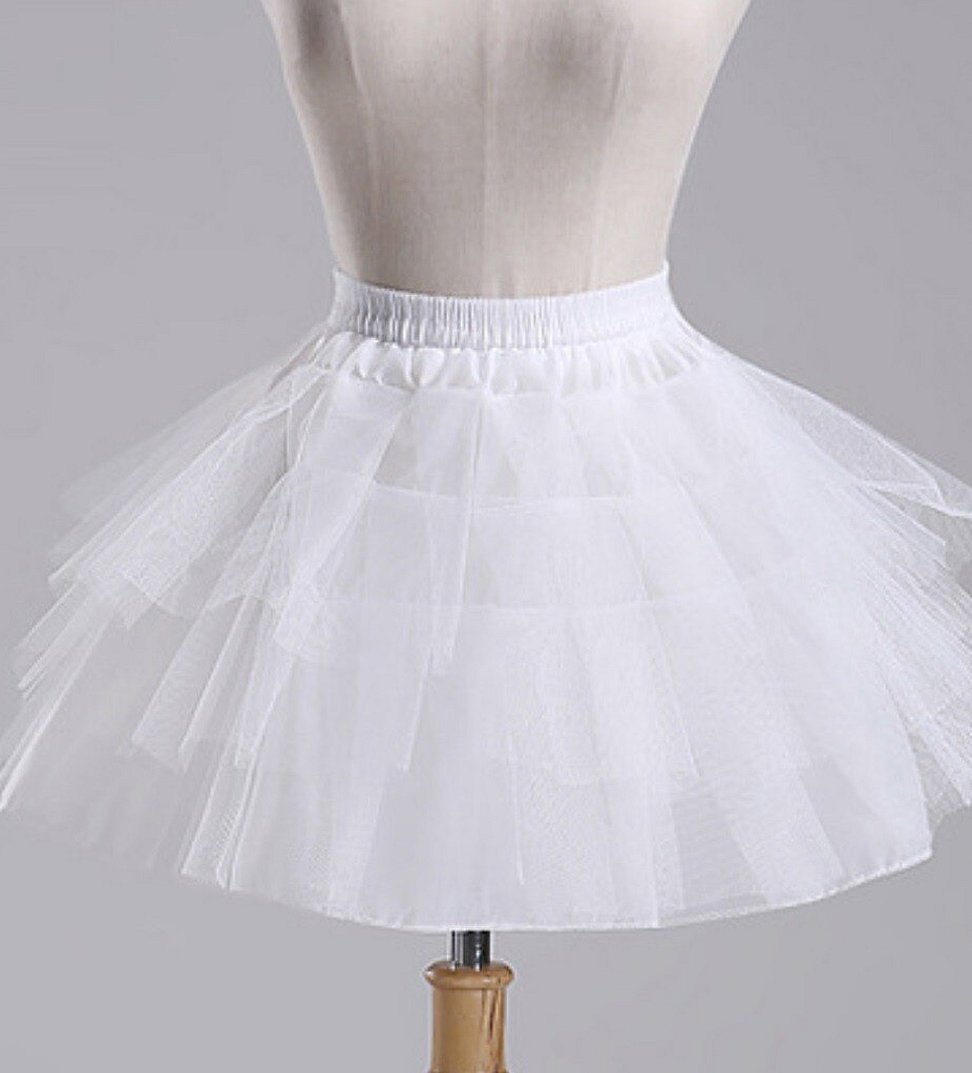
To complete the work you will need:
- Lining fabric for the base - 1.5 meters.
- Tulle - 4.5 meters.
- You will also need scissors, needles, an awl, and a marker.
The base is needed to make the product more comfortable to wear, and also to make it easier to attach the tulle fabric to it. After preparing the material, you can move on to the pattern of the petticoat. Four trapezoidal pieces are cut out of the lining, the dimensions of which are calculated as follows: the length is 5 cm less than the length of the skirt itself; the width is determined according to the chosen style, but not too narrow, so as not to cause difficulties in movement.
The scraps are sewn together to form a uniform fabric. Then the tulle is taken and strips measuring 180×30 cm are cut out of it. The resulting strips are folded in half along the long side and sewn from the bottom up onto the base so that each of them overlaps the previous one by 4 cm. The total number of frills depends on the length of the skirt.
Additional information! The main disadvantage of a fluffy petticoat is the large amount of fabric required to make it.
How to sew a petticoat: classic model
Classic petticoat options are used when wearing sun or half-sun skirts, which were popular in the middle of the last century. But the fashion for them is returning, so you should familiarize yourself in advance with the technique of sewing elements of classic clothing.
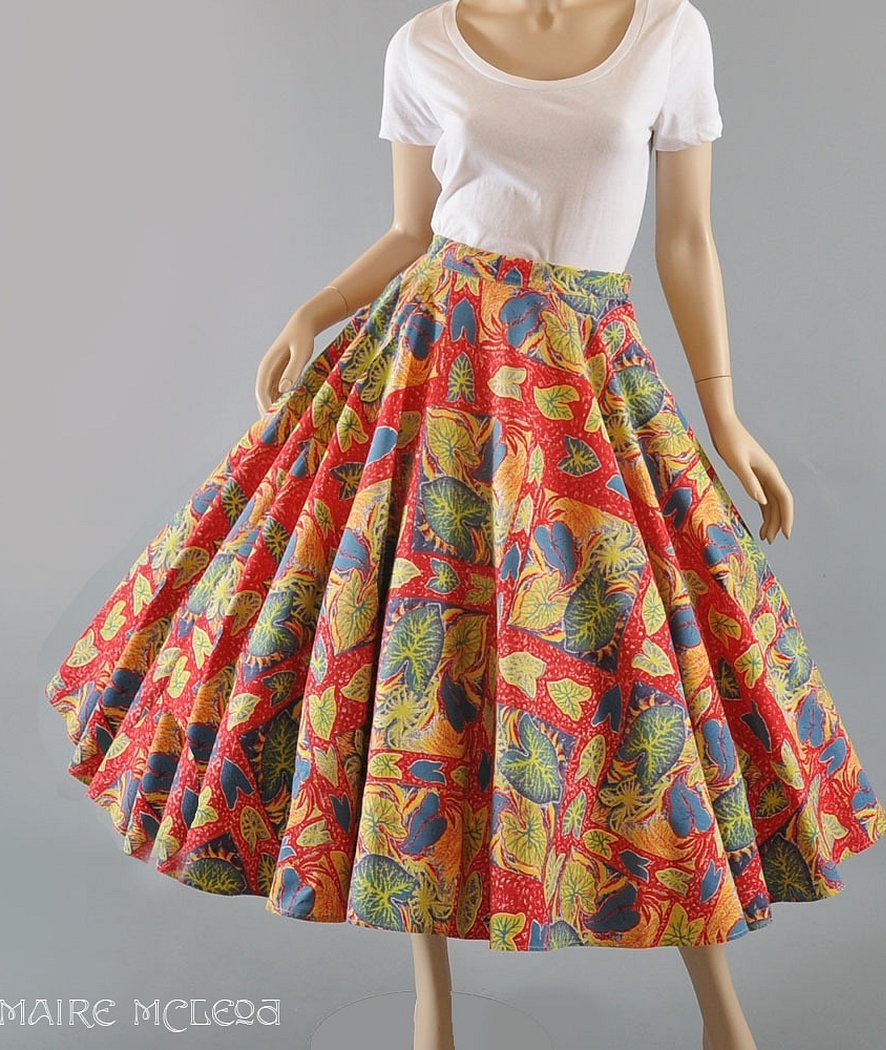
The sewing of the product is carried out in the following sequence:
- The base is prepared. Depending on the dress it is planned to be used for, up to 5 meters of tulle will be needed.
- Tulle is cut into wide strips, approximately 15-25 cm each.
- All strips are collected and sewn to the base.
Sewing a voluminous petticoat without a base
This product is suitable for use in any situation - you can wear it with a festive outfit or a dress for walks. The accessory is made in the following sequence:

- The waist circumference of the person for whom this item of clothing is being sewn is measured and the resulting value is divided by 16.
- The fabric is folded in four and four identical squares with sides of 100 cm are drawn on it with a marker.
- The resulting patterns are placed on top of each other and folded in half twice.
- A circle is carefully cut out along one side of the square. The same is done with the next piece.
- The resulting circles are laid out, and on each of them a radial cut is made from the waist line down.
- All layers of material are swept along the waist line and elastic is sewn on here.
- A satin ribbon is sewn on the top and bottom of the petticoat.
Sewing a multi-tiered petticoat based on
This design is most often used for traditional puffy wedding dresses. To sew correctly, you must follow the instructions:
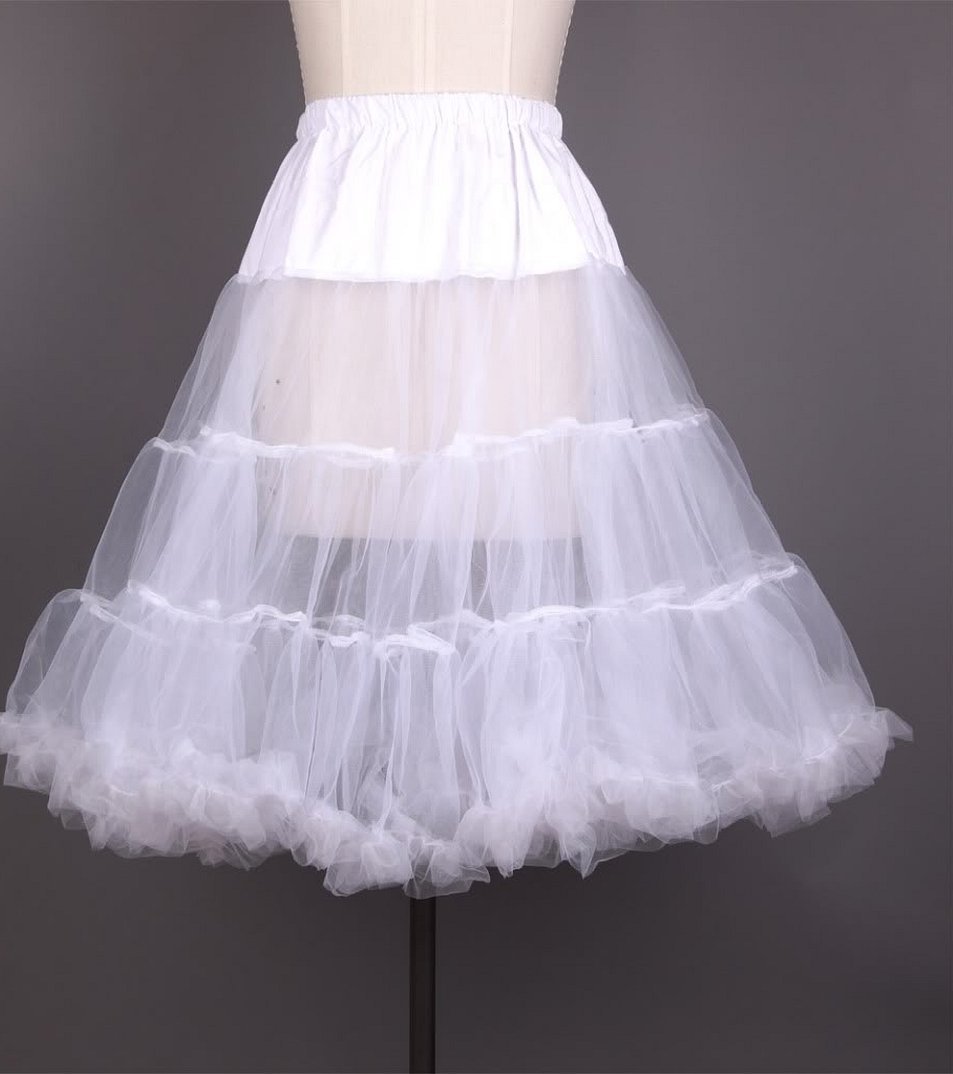
- To start the pattern, you need to measure the waist, adding 10 cm to the hip measurement. The bottom radius of the skirt should be equal to the waist circumference, added to the length of the product.
- Allowances of 1 cm are made on the sides and at the waist. The bottom of the structure will be covered with a frill, so allowances are not needed here. It is better to sew the frills on a flat surface, so there is no need to sew the skirt yet.
- The first line of frill markings is done 10-15 cm below the waist.
- The length of the skirt is divided into three tiers. The lower one is made of three strips, which in turn are closed by the middle one, consisting of two strips. The upper tier is made of one tape.
- The assemblies of each individual tier are placed on top of each other and stitched with a seam, along which they are then folded.
- The lower frill is connected to the skirt so that their lower edges match.
- The remaining frills are sewn using the same method and attached to the skirt. Each of them is carefully ironed along the seam.
- After this, the edges of the skirt are sewn together and an elastic band is attached at the top.
Important! If a stiff fabric was used, all edges and allowances are processed.
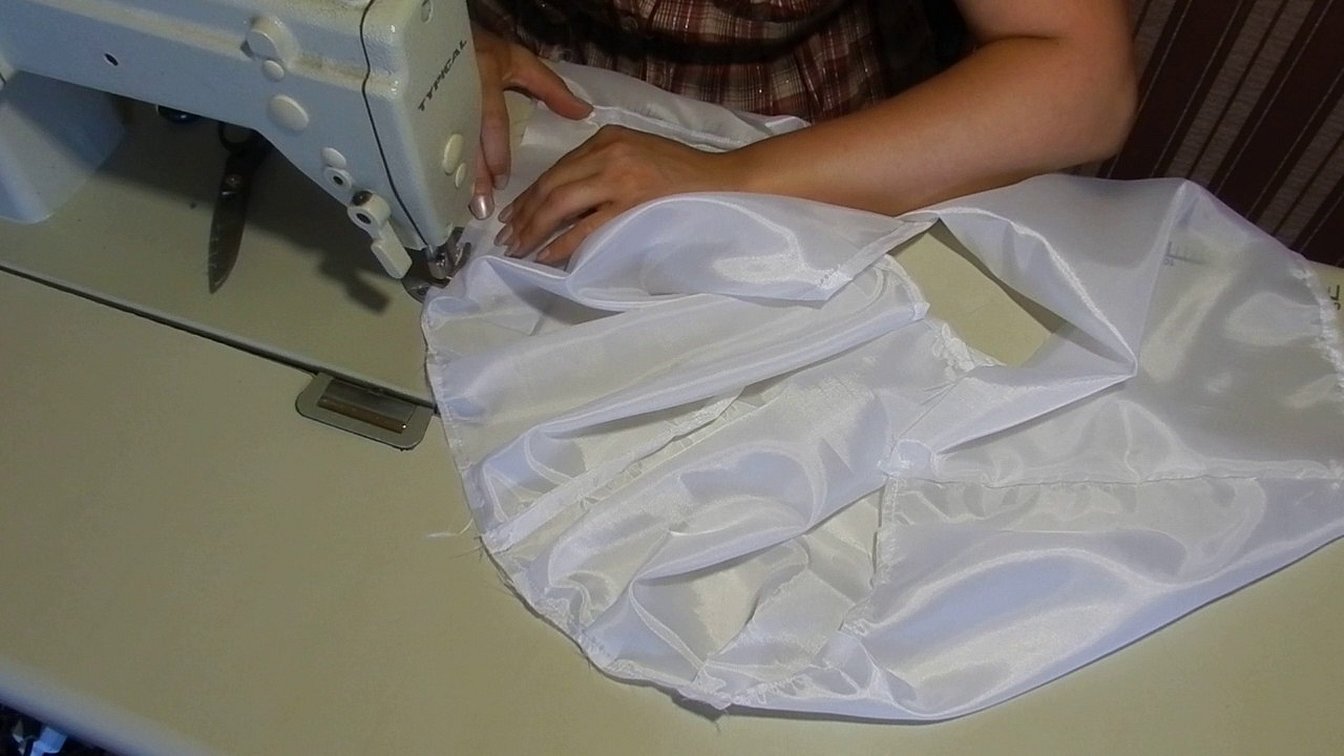
How to Decorate a Girl's Petticoat
To make your child look beautiful at a children's party, you can make a petticoat for a dress with your own hands. The sewing principle for such a product is no different from the adult model, except for the smaller amount of material used.
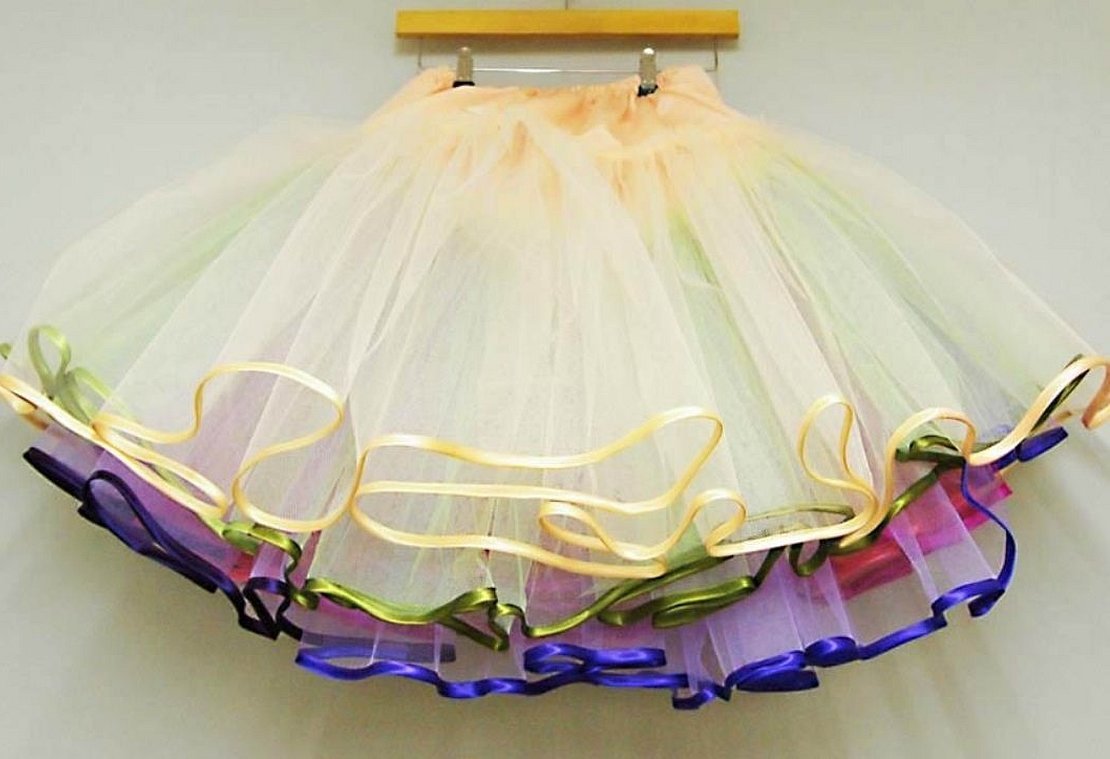
Sometimes the product can also be used as an independent element of clothing - for example, at a New Year's party. Then the petticoat needs to be additionally decorated. The lower part of the accessory is stitched with a bright satin ribbon, and various decorations, colored leather, fabric patterns can be sewn onto the fabric. To give a festive look, it is allowed to use any bright details and decorations that your imagination can come up with. It is best to choose decor that matches the holiday and the child's role. So, for foxes, bunnies and other animals, you can trim the edges of the skirt with fur inserts. The ladybug will look like a real one with black felt circles sewn onto a red dress.

Thus, in order to learn the basics of sewing a homemade addition to a skirt and know how to sew a petticoat to a dress correctly, you need to study all possible manufacturing options, choose the master class you like and you can safely get to work. With due patience, the resulting option will make any outfit more magnificent and elegant




